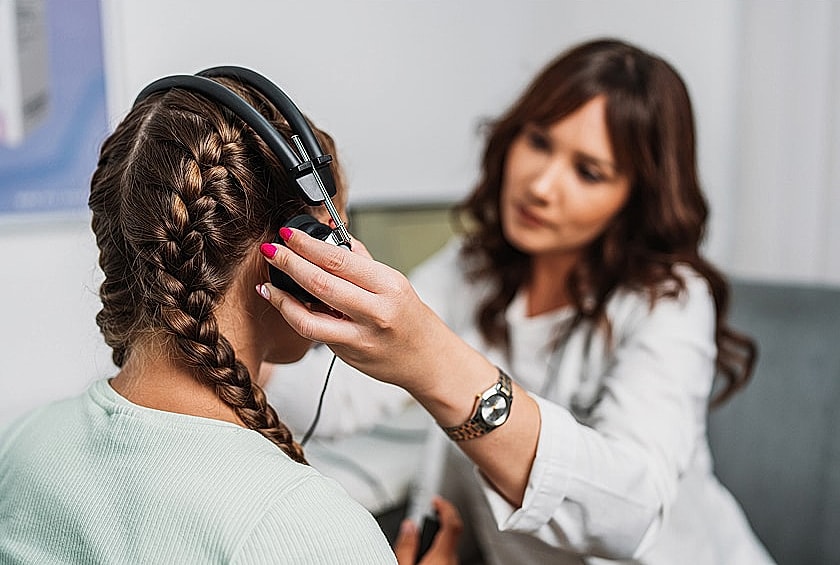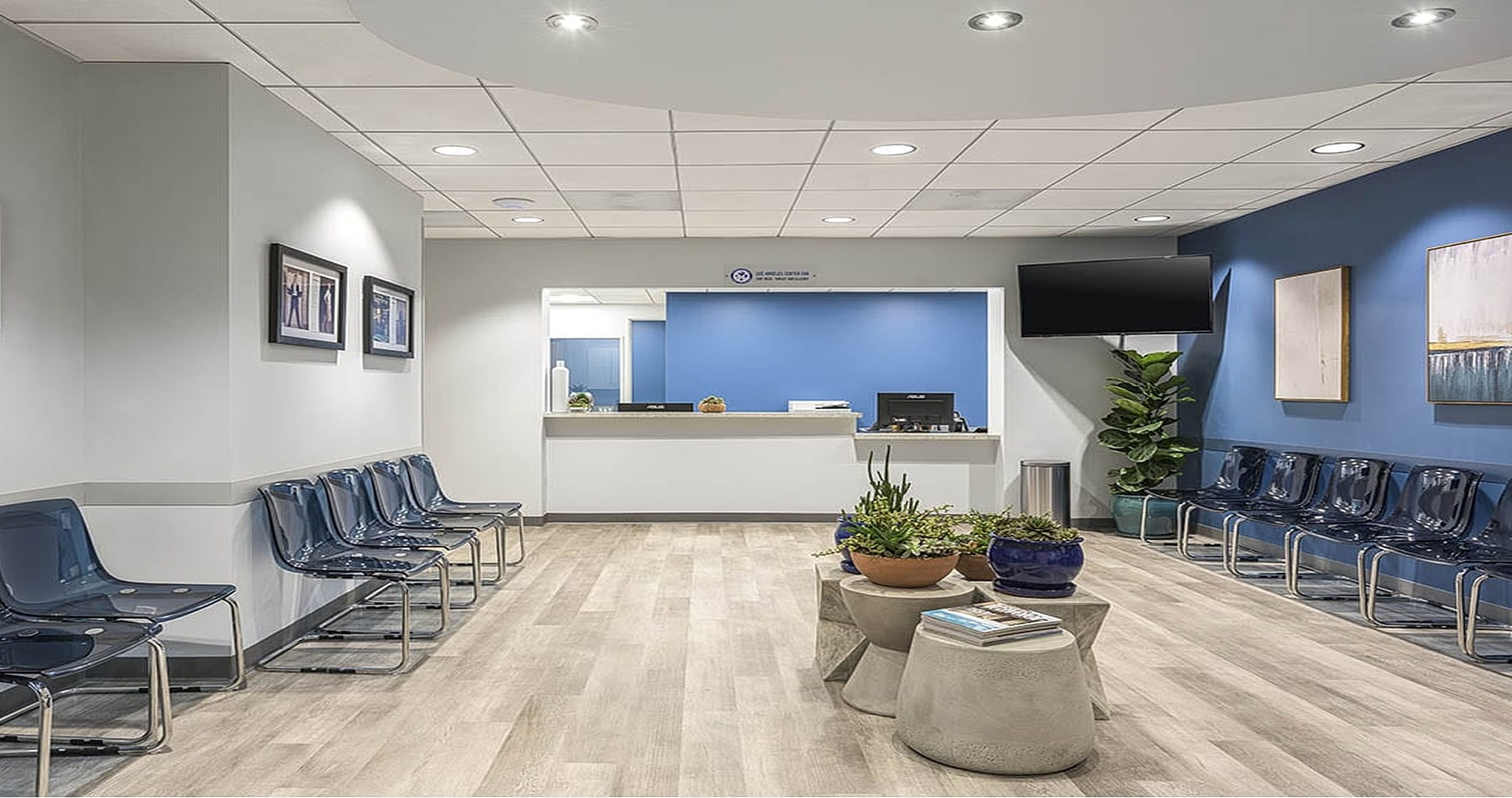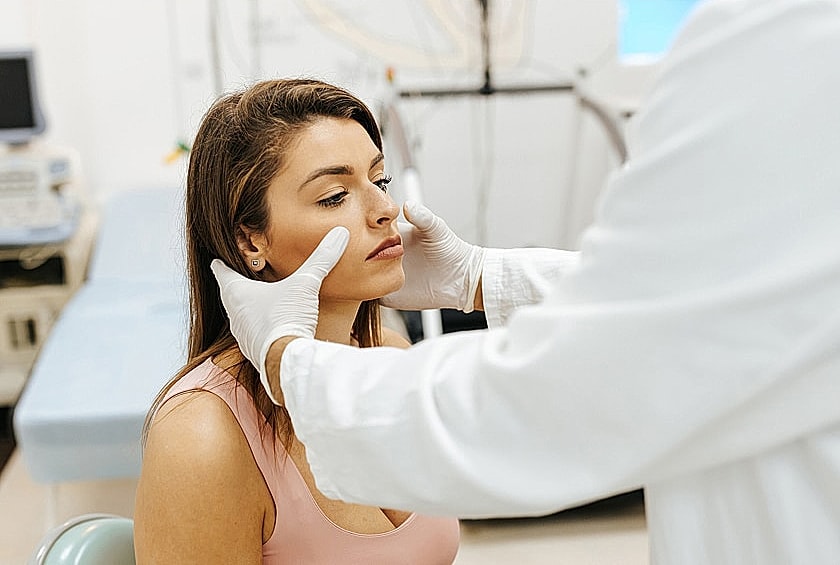At SoCal ENT in Palmdale, our board-certified ENT surgeons provide advanced surgical solutions for salivary and parotid gland disorders—ranging from benign tumors and stones to complex gland dysfunction. With precision techniques and dedicated care, we protect vital nerves, minimize scarring, and restore healthy gland function for lasting comfort.

















The salivary glands, including the parotid and submandibular glands, play an essential role in digestion and oral health by producing saliva. When these glands become blocked, infected, or develop growths, they can cause swelling, pain, and difficulty swallowing. Although most salivary gland tumors are benign, some require removal due to cancer or chronic symptoms.
At SoCal ENT, our board-certified surgeons specialize in advanced salivary and parotid gland surgery. We use precise, minimally invasive techniques to safely remove tumors or obstructions while protecting nearby structures such as the facial nerve. From stone removal to complex gland surgery, our team provides expert, individualized care designed for comfort, safety, and long-term results.





The salivary glands are responsible for producing saliva, which aids in digestion, keeps the mouth lubricated, and supports overall oral health. There are three major pairs of salivary glands:
When these glands become blocked, infected, or develop tumors, they can cause pain, swelling, and dry mouth. In such cases, surgery may be needed to restore proper function. At SoCal ENT, our Palmdale Salivary Gland Surgery specialists provide advanced diagnostic and surgical care tailored to each patient’s needs, ensuring both comfort and precision.
Surgery may be recommended when salivary gland disorders do not respond to medication or conservative care. Common reasons for surgery include:
Benign tumors such as pleomorphic adenomas or Warthin’s tumors can enlarge over time, causing discomfort or facial swelling.
Malignant tumors like mucoepidermoid carcinoma or adenocarcinoma require prompt surgical removal to prevent further spread.
Recurrent infections or salivary duct stones can block saliva flow, leading to pain, inflammation, and gland swelling. Surgical removal restores normal drainage and reduces infection risk.
Persistent duct blockages or enlarged glands can cause ongoing pressure and tenderness, often necessitating surgical correction for lasting relief.
Experiencing a persistent lump, pain, or trouble swallowing? A Salivary Gland Surgery consultation at SoCal ENT can guide you toward the right treatment option.
What It Is: Surgical removal of the submandibular gland located beneath the jaw.
Best For: Tumors, chronic infections, or salivary duct stones.
Benefits: Minimal effect on overall saliva production, as other glands compensate.
Recovery Time: Most patients recover within 1–2 weeks with mild discomfort.
What It Is: A targeted procedure to remove salivary stones or blockages that obstruct saliva flow.
Best For: Patients with recurrent swelling or discomfort during eating.
Recovery Time: Typically 1–3 days, depending on the technique used.
What It Is: Surgical removal of part or all of the parotid gland to treat tumors, infections, or chronic dysfunction.

You may be a good candidate for salivary or parotid gland surgery if you:
At SoCal ENT, our specialists perform a detailed evaluation—including imaging and diagnostic testing—to determine the safest and most effective treatment plan for your condition.

Recovery from salivary gland surgery is generally straightforward, with most patients experiencing only mild discomfort. Some swelling or bruising near the incision site is normal during the first few days and gradually improves with rest. Temporary soreness in the throat or mild discomfort while swallowing may also occur. If a drainage tube or stitches are placed, they are typically removed within several days. Most Palmdale Salivary Gland Surgery patients return to normal activities within one to two weeks, depending on the procedure and individual healing time.
Tips for a Smooth Recovery:
By following your aftercare plan and attending follow-up visits, you can expect a comfortable recovery and excellent long-term results.

Following a Salivary Gland Surgery Palmdale patients typically notice significant relief from pain, swelling, and pressure shortly after the procedure. Mild post-operative swelling is normal and gradually subsides as healing progresses, with most patients fully recovered within two to three weeks. Long-term complications are rare, and gland function typically returns to normal once the underlying issue has been corrected.
When a salivary gland tumor is completely removed, results are usually permanent. Patients treated for chronic infections or salivary stones experience a low risk of recurrence, though ongoing monitoring is recommended. Regular follow-up with your ENT specialist helps ensure continued gland health and early detection of any future concerns.
If you notice a lump, swelling, pain, or ongoing salivary gland infections, surgery might be necessary.
Salivary gland surgery can remove tumors, ease chronic pain, and reduce swelling. This leads to better comfort and quality of life. By restoring normal saliva production, the procedure aids digestion and oral health. Clearing blockages or infected tissue prevents future issues, offering patients lasting relief and enhanced well-being.
Many insurance plans cover salivary gland surgery if deemed medically necessary. We can assist in checking your coverage.